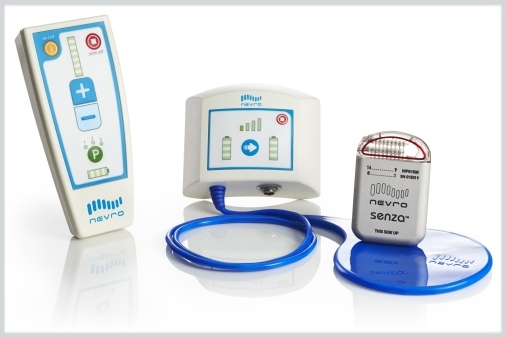A study found that the Patient Health Questionnaire 2-item (PHQ-2) and Generalized Anxiety Disorder 2-item (GAD-2) instruments could be administered over the internet and used as screening tools among patients with chronic pain. These findings were published in Pain Practice.
Investigators from Macquarie University in Australia sourced data from 4 previously conducted randomized controlled trials comprising 1,333 patients with chronic pain. Patients were randomized to receive internet-delivered pain management (n=912) or waitlist (n=421) and were evaluated for pain and psychological outcomes. In this study, the reliability, validity, diagnostic accuracy, and responsiveness of the PHQ-2, Patient Health Questionnaire 9-item (PHQ-9), GAD-2, and Generalized Anxiety Disorder 7-item (GAD-7) instruments delivered over the internet were evaluated.
The study population was aged mean 52.06 (standard deviation [SD], 14.11) years, 82.67% were women, 59.67% had major depressive disorder (MDD), 35.48% generalized anxiety disorder (GAD), 62.26% muscular pain, 24.45% fibromyalgia, 20.03% osteoarthritis, 9.97% headache or migraine, 7.87% neuropathy, and average pain intensity was 5.80 (SD, 1.53) points.
The PHQ-2 (α, 0.79), PHQ-9 (α, 0.84), GAD-2 (α, 0.84), and GAD-7 (α, 0.89) were observed to have good internal consistencies.
Stratified by formal diagnoses, PHQ-2 (F[1,60], 14.96; P <.001) and PHQ-9 (F[1,60], 28.21; P <.001) scores were significantly different between patients with and without MDD and GAD-2 (F[1,60], 11.80; P =.001) and GAD-7 (F[1,60], 18.12; P <.001) scores differed between patients with and without GAD.
The pretreatment assessments of all 4 tests showed significant test-retest correlations (all P <.01) among all study participants. Stratified by intervention, no correlations were observed between pre and postintervention scores among the patients who received treatment (PHQ-2: r, 0.27; PHQ-9: r, 0.16; GAD-2: r, 0.00; GAD-7: r, 0.01), indicating that response to treatment was accounted for. Patients who received waitlist treatment had significant correlations between pre and postintervention scores (PHQ-2: r, 0.47; PHQ-9: r, 0.54; GAD-2: r, 0.53; GAD-7: r, 0.55; all P <.01).
After treatment, PHQ-2 scores changed by 34%, PHQ-9 by 35%, GAD-2 by 32%, and GAD-7 by 33%.
The best diagnostic cutoff values were a score of >2 for PHQ-2 (area under the curve [AUC], 0.77; sensitivity, 62%, specificity, 88%), >12 or >13 for PHQ-9 (AUC, 0.83; sensitivity, 68%, specificity, 80%), >3 for GAD-2 (AUC, 0.72; sensitivity, 50%, specificity, 90%), and >11 for GAD-7 (AUC, 0.80; sensitivity, 68%, specificity, 90%).
This study was limited by the few patients who had diagnostic interview data (n=62) to evaluate the accuracy of the instruments.
The study authors concluded, “The results of this study indicate that the psychometric properties of the ultra-brief PHQ-2 and GAD-2 forms are robust when administered over the internet to individuals with heterogeneous chronic pain conditions, at least within a clinical trial context. The performance of the scales was not compromised in chronic pain; instead, the scales demonstrated acceptable reliability, validity, and responsiveness to symptom change.”
Reference
Bisby MA, Karin E, Scott AJ, et al. Examining the psychometric properties of brief screening measures of depression and anxiety in chronic pain: The Patient Health Questionnaire 2-item and Generalized Anxiety Disorder 2-item.Pain Pract. Published online March 8, 2022. doi:10.1111/papr.13107






